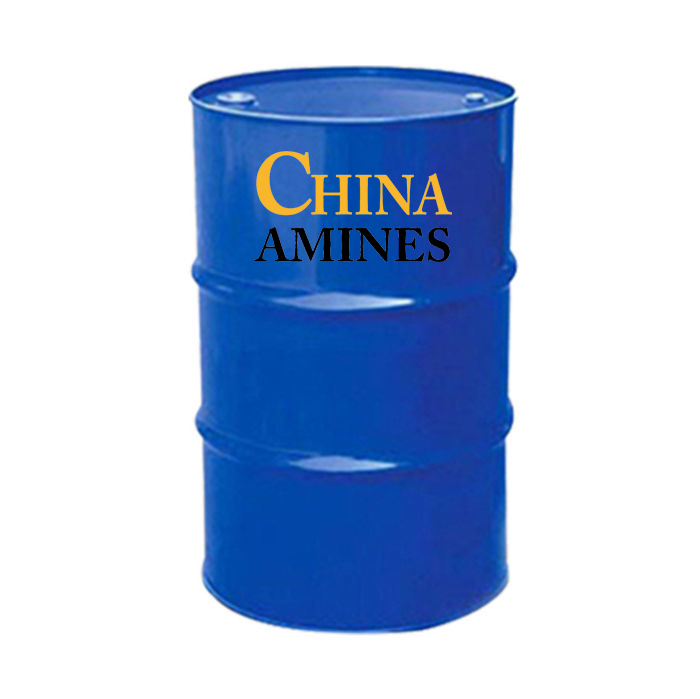1. Chemical Structure and Properties
Molecular Formula: C₃H₆O₃
Structural Formula:
O=C(OCH₃)₂
A carbonate ester with two methoxy groups (-OCH₃) bonded to a central carbonyl group.
Physical Properties:
Appearance: Clear, colorless liquid with a mild ethereal odor.
Boiling Point: 90°C; Density: 1.07 g/cm³; Vapor Pressure: 50 mmHg at 20°C.
Solubility: Partially miscible with water (13 g/L at 25°C); fully miscible with alcohols, ethers, and most organic solvents.
Chemical Properties:
Hydrolysis: Reacts with water in acidic/alkaline conditions to form methanol and CO₂.
Thermal Stability: Stable up to 150°C; decomposes above 200°C to release CO₂ and methanol.
Flammability: Flammable (flash point: 18°C; autoignition temperature: 465°C).
2. Industrial Applications
Lithium-Ion Batteries:
Electrolyte Solvent: Key component in lithium-ion battery electrolytes due to high dielectric constant and low toxicity.
Polycarbonate Production:
Phosgene-Free Intermediate: Replaces toxic phosgene in polycarbonate synthesis via transesterification with bisphenol-A.
Coatings & Adhesives:
Green Solvent: Used in paints, coatings, and adhesives as a VOC-exempt alternative to toluene and acetone.
Pharmaceuticals:
Methylating Agent: Safe substitute for dimethyl sulfate in drug synthesis (e.g., production of omeprazole).
Fuel Additives:
Oxygenate: Enhances octane rating and reduces particulate emissions in gasoline.
3. Safety and Toxicology
Health Hazards:
Acute Exposure:
Inhalation (≥500 ppm): Irritates respiratory tract; dizziness (TLV-TWA: 100 ppm).
Skin Contact: Mild irritation (rabbit skin LD₅₀: >5,000 mg/kg); negligible absorption.
Ingestion: Low toxicity (oral LD₅₀ rat: 13,000 mg/kg); metabolic acidosis in high doses.
Chronic Effects:
Carcinogenicity: Not classified (IARC Group 3); no evidence of mutagenicity in Ames tests.
Reproductive Toxicity: No teratogenicity observed in OECD 414 studies.
Protection Measures:
PPE: Nitrile gloves, vapor respirators, and explosion-proof ventilation.
Storage: Fireproof containers in cool, ventilated areas away from oxidizers.
4. Environmental and Regulatory Compliance
Environmental Impact:
Biodegradability: Readily biodegradable (OECD 301F: >90% in 28 days).
Aquatic Toxicity: LC₅₀ (fish, 96h): >1,000 mg/L; EC₅₀ (daphnia): >500 mg/L.
Ozone Depletion Potential (ODP): Zero; Global Warming Potential (GWP): 1 (CO₂ reference).
Regulatory Frameworks:
EU:
REACH: Registered; exempt from VOC status under Directive 2004/42/EC.
CLP: Classified as Flam. Liq. 2 (H225).
USA:
EPA: Listed as a "green solvent" under Safer Choice Program; TSCA-listed.
China:
GB 13690-2009: Classified as Hazardous Chemical (Class 3.2).
Waste Management:
Incinerate with CO₂ scrubbing; landfill disposal permitted for neutralized residues.
5. Case Studies and Application Insights
Case 1: Eco-Friendly Polycarbonate Production (Covestro, 2022):
Challenge: Replace phosgene in polycarbonate manufacturing.
Solution: Adopted DMC-based melt transesterification with bisphenol-A.
Result: Eliminated phosgene use, reduced wastewater toxicity by 95%, and achieved REACH compliance.
Case 2: High-Performance Battery Electrolytes (CATL, 2023):
Innovation: Developed DMC-based electrolytes for fast-charging EV batteries.
Impact: Achieved 15-minute 80% charge capability (per GB/T 31484) with 20% higher cycle life.
Comparative Analysis:
DMC vs. Ethylene Carbonate (EC):
Pros: Lower viscosity (-40°C operability); lower toxicity.
Cons: EC offers higher dielectric constant for ionic conductivity.
DMC vs. Toluene:
Pros: Non-carcinogenic, biodegradable, and VOC-exempt.
Cons: Higher cost and flammability.
Specifications:
Dimethyl carbonate is a carbonate ester that is carbonic acid in which both hydrogens are replaced by methyl groups. A flammable, colourless liquid (m.p. 2-4℃, b.p. 90℃) with a characterstic ester-like odour, it is used as a 'green' methylating agent and as a solvent. It has a role as a solvent and a reagent.


